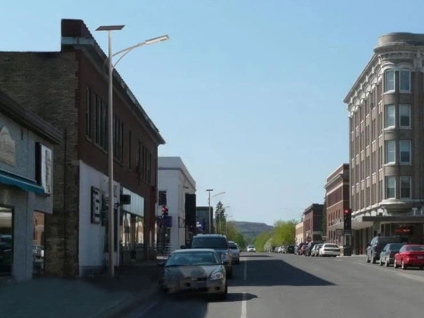
Introduction To The Principle Of Solar Modules
The energy converter of solar photovoltaic power generation is solar cell , also known as photovoltaic cell. The principle of solar cell power generation is the photovoltaic effect . When sunlight shines on the solar cell, the cell absorbs light energy and generates photo-generated electron-hole pairs. Under the action of the built-in electric field of the battery, the photogenerated electrons and holes are separated, and the accumulation of different signs of electric charge appears at both ends of the battery, that is, a "photogenerated voltage" is generated, which is the "photovoltaic effect". If electrodes are drawn on both sides of the built-in electric field and a load is connected, the load will have "photo-generated current" flowing through it, thereby obtaining power output. In this way, the light energy of the sun directly becomes usable electrical energy.
Under the same temperature, the influence of light intensity on the solar panel: the greater the light intensity, the greater the open circuit voltage and short-circuit current of the solar panel, and the greater the maximum output power. At the same time, it can be seen that the open circuit voltage changes with the radiation intensity. Not as obvious as the short-circuit current changes with the radiation intensity.
Under the same light intensity, the temperature effect on the panel: When the temperature of the solar cell increases, its output open circuit voltage decreases significantly with the temperature, and the short-circuit current increases slightly. The general trend is that the maximum output power becomes smaller.

















